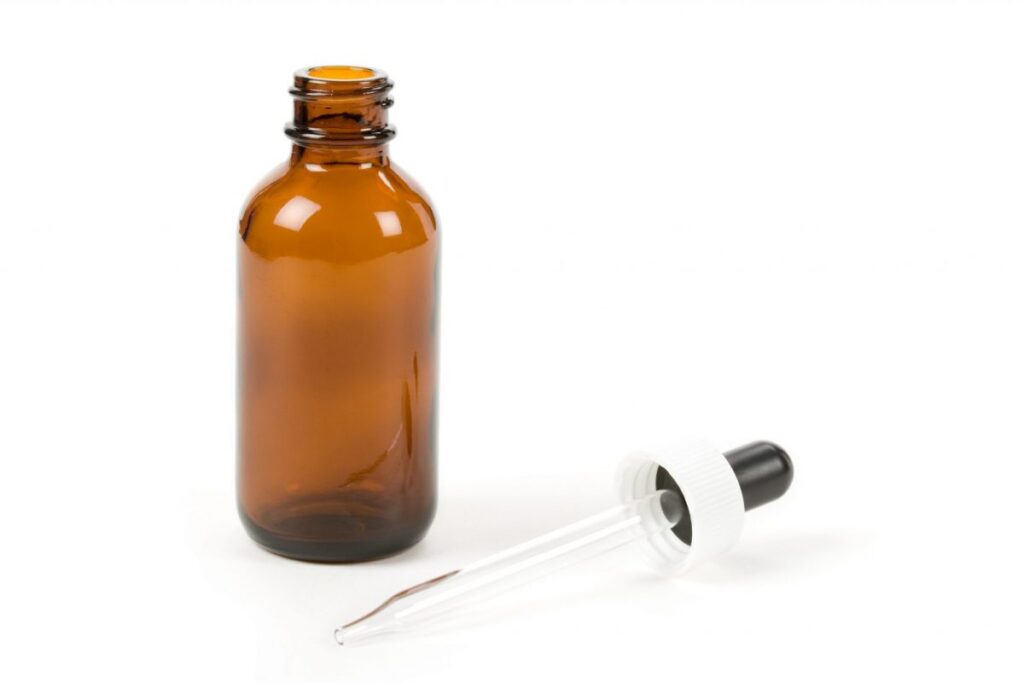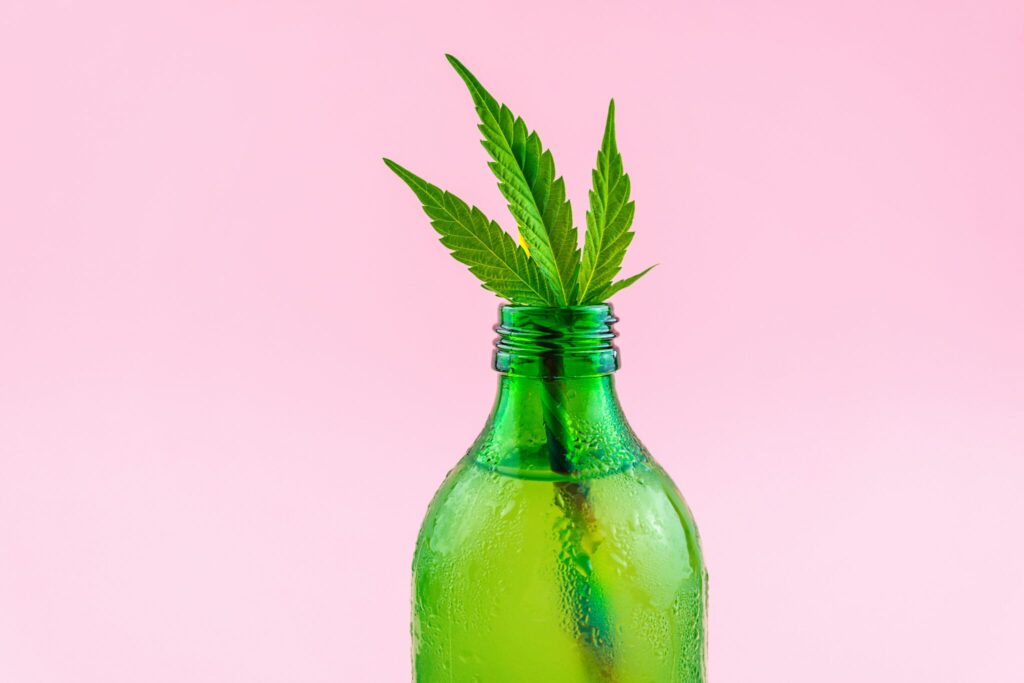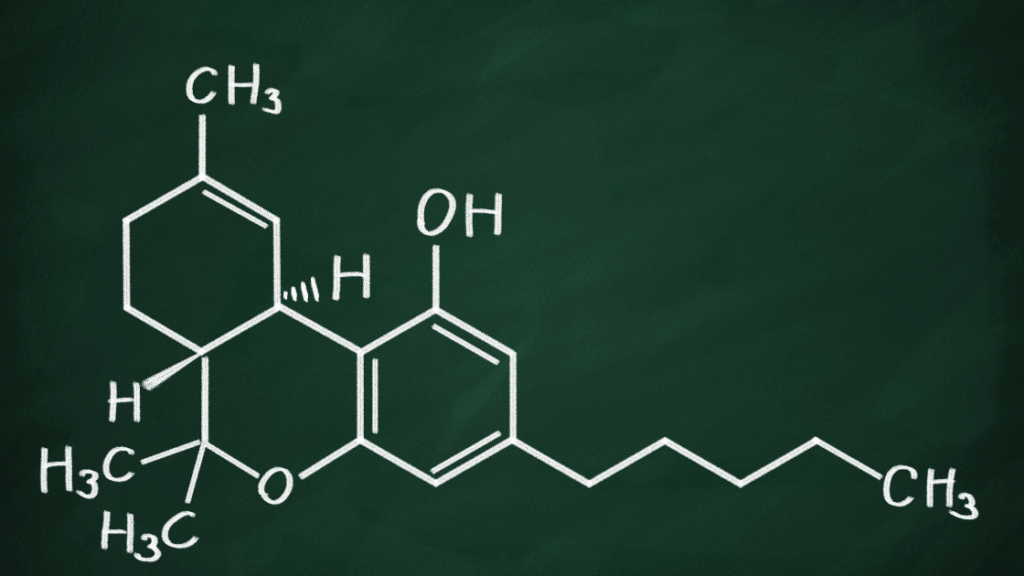SōRSE News & Blog
Home > News/Blog
More results...
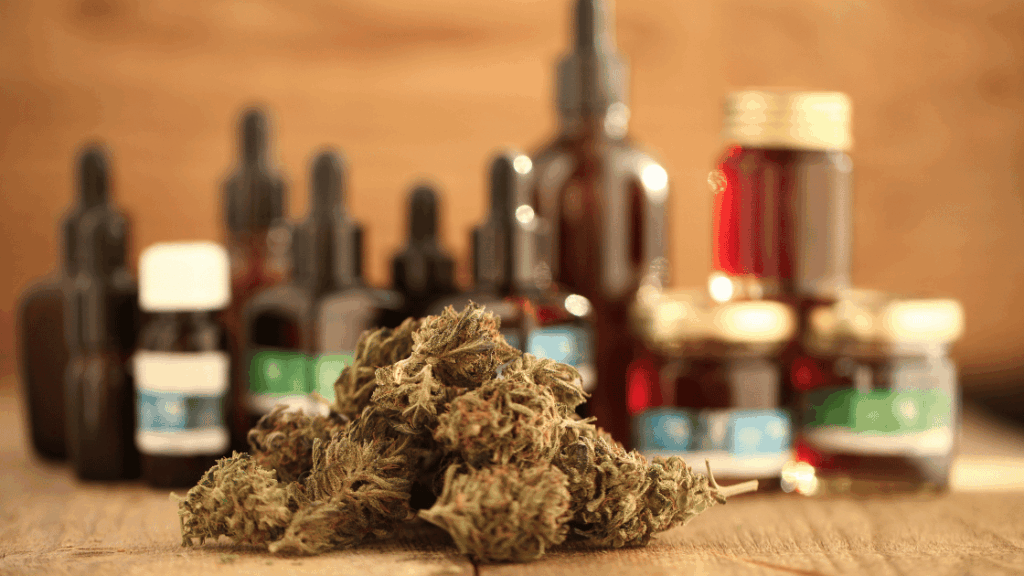
Delta 8 vs Delta 9 THC: What to Know, Similarities, & Differences
Learn the differences between D8 & D9
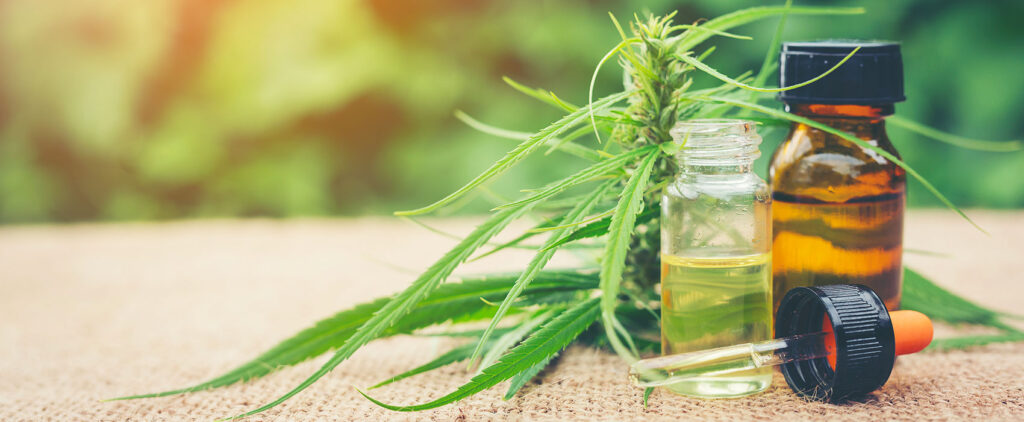
Full Spectrum, Broad Spectrum, and Isolate CBD: What’s the Difference?
What do they mean, and what’s the difference between them?
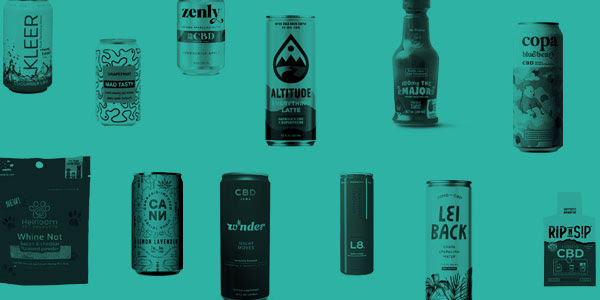
Powered by SōRSE Mother’s Day Gift Guide to Cannabis Infused Products
Mother’s Day Gift Guide to infused products for any Mom in your life
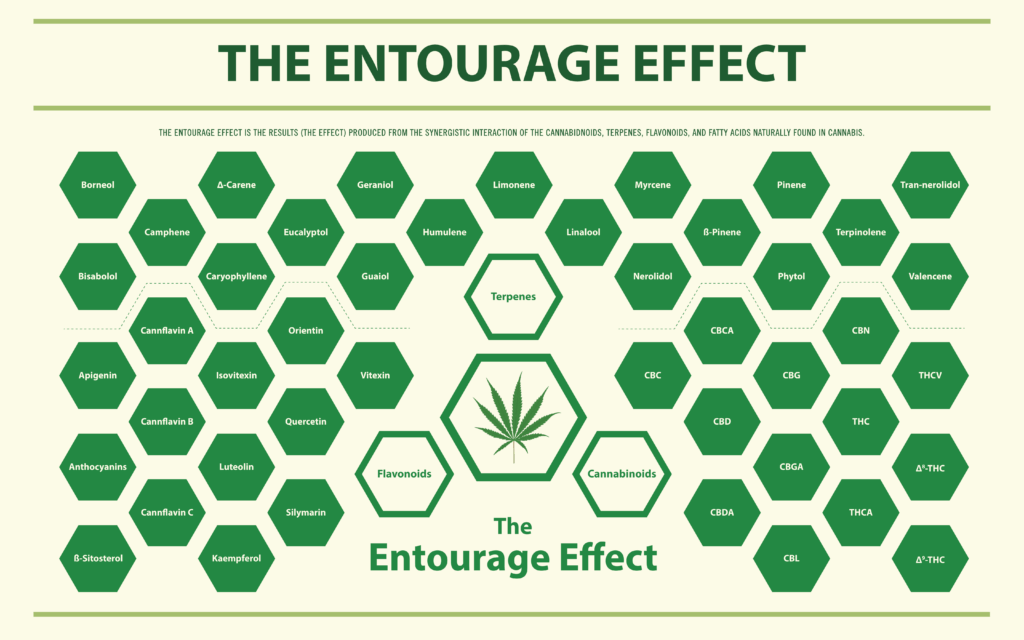
Understanding The Entourage Effect
A comprehensive breakdown of what the Entourage Effect is and why it’s important








